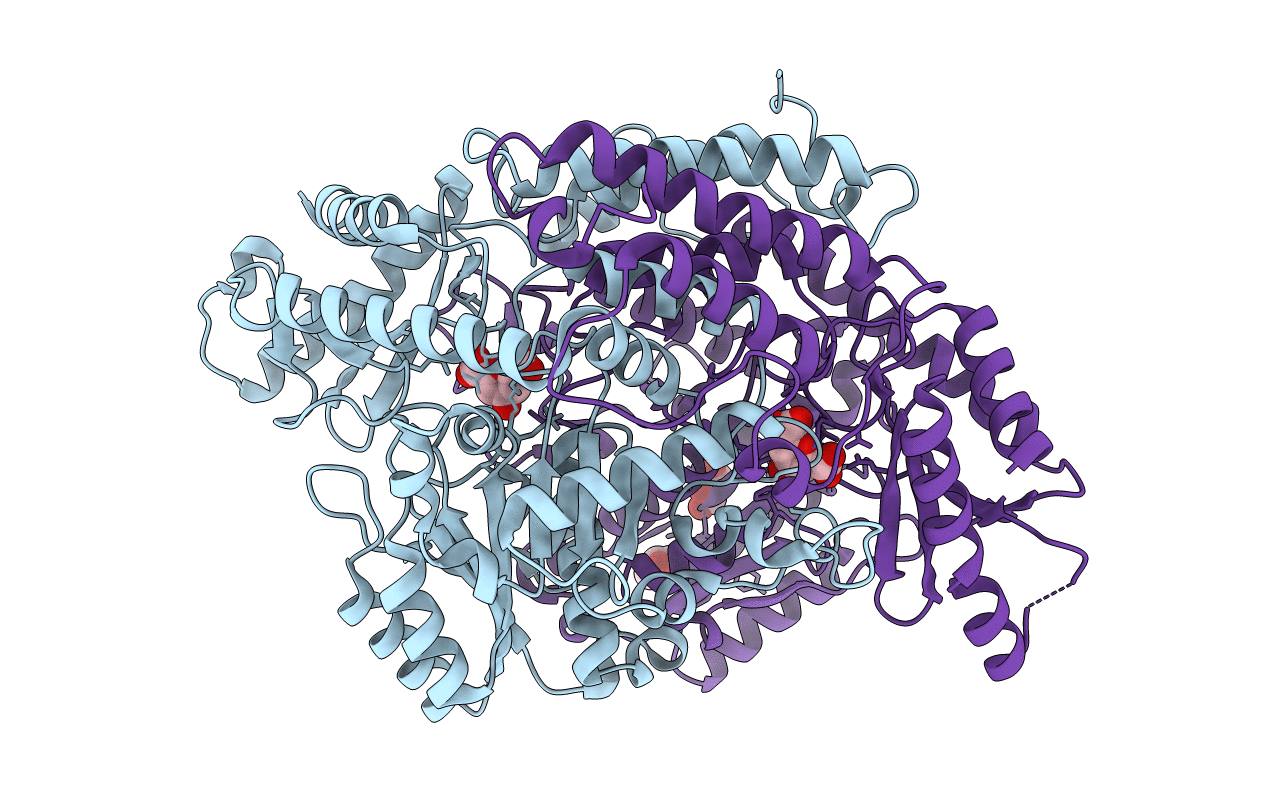
Deposition Date
2012-02-27
Release Date
2013-01-16
Last Version Date
2025-03-26
Entry Detail
PDB ID:
3VP6
Keywords:
Title:
Structural characterization of Glutamic Acid Decarboxylase; insights into the mechanism of autoinactivation
Biological Source:
Source Organism:
Homo sapiens (Taxon ID: 9606)
Host Organism:
Method Details:
Experimental Method:
Resolution:
2.10 Å
R-Value Free:
0.23
R-Value Work:
0.19
R-Value Observed:
0.19
Space Group:
P 1 21 1


